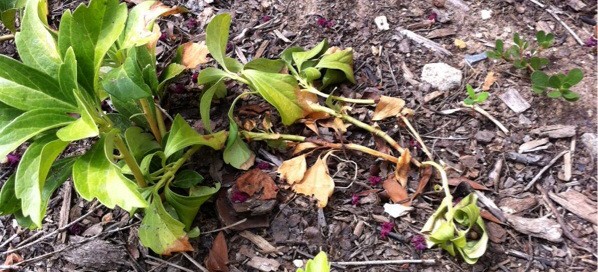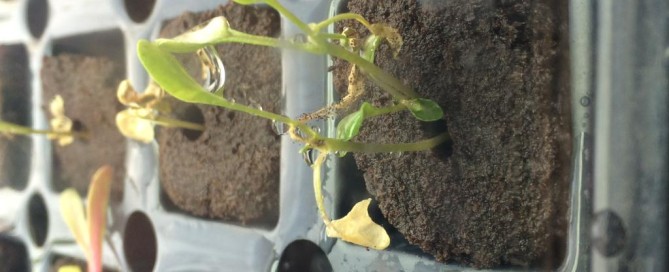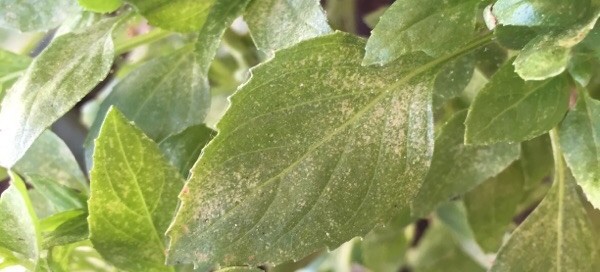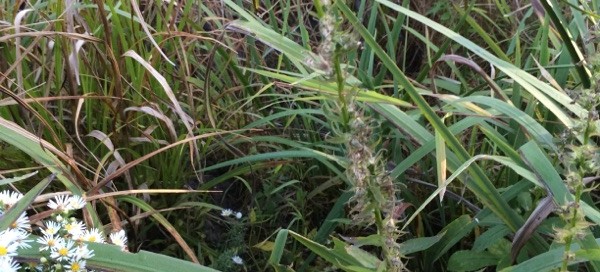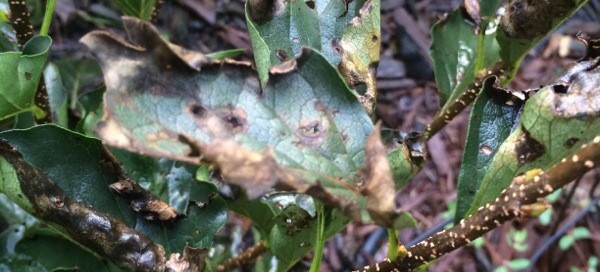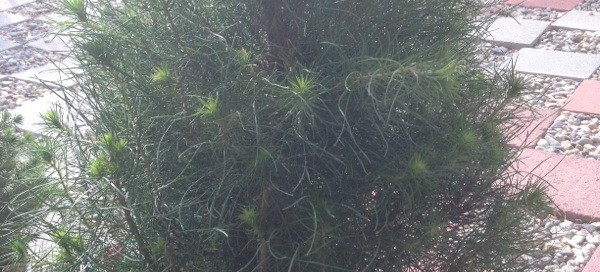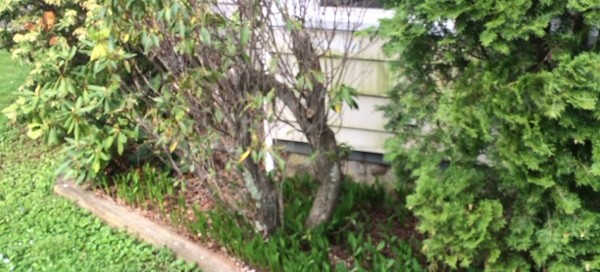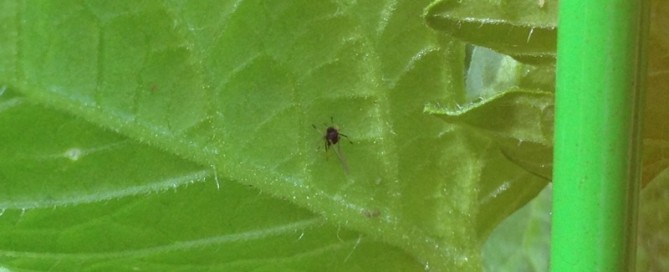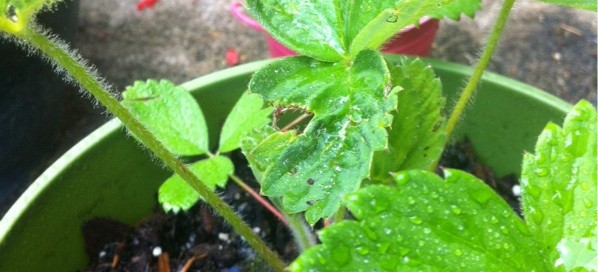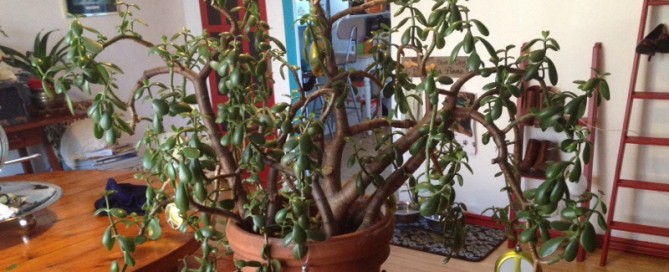Pachysandra Leaf Blight
This appears to be Pachysandra leaf blight, caused by the fungus Volutella pachysandrae. Always work in plantings when they are DRY to reduce the spread of the disease. Remove and destroy all severely infected plants. These should be buried or thrown out with the garbage. General thinning of the planting to promote good air circulation will help reduce spread by allowing plants to dry out more quickly after rain. When feasible disinfest pruning tools by swabbing the cutting blades with a solution of 7 parts rubbing alcohol and 3 parts water between each cut. Avoid the use of mulches that promote high moisture around
the plants, and remove tree leaves that cover the planting in the fall. After the above cultural practices are completed, fungicide sprays may still be needed in some cases to prevent further spread of the disease. SOURCE: Cornell University Department of Plant Pathology and Plant Microbe Biology.
